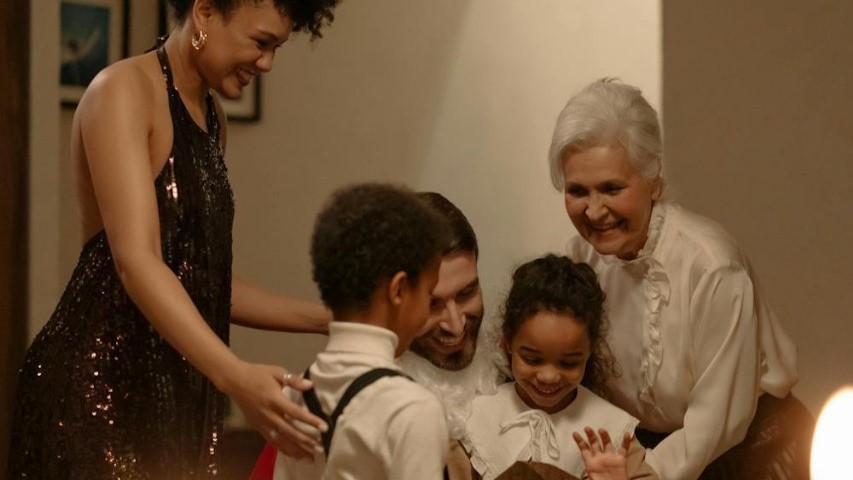No products in the cart.

Support nourishes the soul.
Securing the right support is pivotal. Whether your child’s persistent calls echo in your ears or the constant pen-clicking of a colleague leaves you exasperated, moments of frustration and stress can be overwhelming. Sometimes, all you yearn for is the comforting voice of a friend who truly understands your experience (paired with, perhaps, a glass of wine).
In recent chapters of life, you might have found yourself distanced from your usual support networks. Discovering an outstanding podcast can play a vital role in rebuilding that sense of community. Tuning in to an engaging podcast host feels akin to having a conversation with a wise and empathetic friend.
Here’s an exciting revelation—I’ve had the privilege of collaborating with exceptional podcasts within the conscious parenting support system. In honor of National Women’s Month, if you’re seeking female camaraderie and support, I wholeheartedly recommend listening to (and subscribing to!) these fantastic shows.
Real Happy Mom Podcast
Step into the shoes of Ton-Ann Mayembe, a wife, mom, full-time dentist, and part-time Navy reservist. In the Real Happy Mom Podcast, Ton-Ann interviews REAL MOMS, delving into their REAL LIFE experiences. These experts and guests provide insights into navigating the motherhood journey, offering guidance on raising children, self-care, confidence & more. Listen to the episode with Toni-Ann here.
The MomShine Podcast
Ever wished for cheat sheets from other moms and experts on mastering the juggling act of life? Alicia Garibaldi launched MomShine to simplify parenting by compiling learnings from her transition from a full-time job to more work at home. Listen to this episode with Alicia here.
The PedsDocTalk Podcast
Meet Dr. Mona, a Board Certified Pediatrician, IBCLC, and a mom of two. She understands the ups and downs of becoming a mom and raising kids. Dr. Mona helps moms ditch the worry and second-guessing, guiding them to find more joy in motherhood. Listen to the episode with Dr. Mona here.
The Blissful Parenting Podcast
Parenting challenges? Join Michelle Abraham every Thursday as she interviews parenting book authors, coaches, and bloggers on her positive parenting podcast. Get tips for a happier and more fulfilling parenting experience. Listen to the episode here.
Cheaper than Therapy Podcast
Vanessa Bennett and Dené Logan, soul sisters and therapists, explore depth psychology—examining the complex nature of being human. They support others in living authentically while cultivating a fulfilling relationship with the Self. Listen to the episode here.
The Balance Dilemma Podcast
What’s the talk about work-life balance? Join Maura Carlin and Christie Derrico as their guests share stories on balancing work, life, family, and self. Check out this episode here.
Expert Talk with TGo
Gain direct insights into the world of “Trailblazers” who openly share their journeys to success. Listen to my episode with TGo on kids and anxiety Listen to the episode with TGo on kids and anxiety here.
Law of Attraction with Natasha Graziano
Natasha Graziano brings you the latest wisdom on manifesting goals and creating abundance. Learn how to refocus your mindset with practical and mindful exercises. Listen to the podcast episode here.
Which episode resonated with you the most? Hit reply and share your favorite!


















